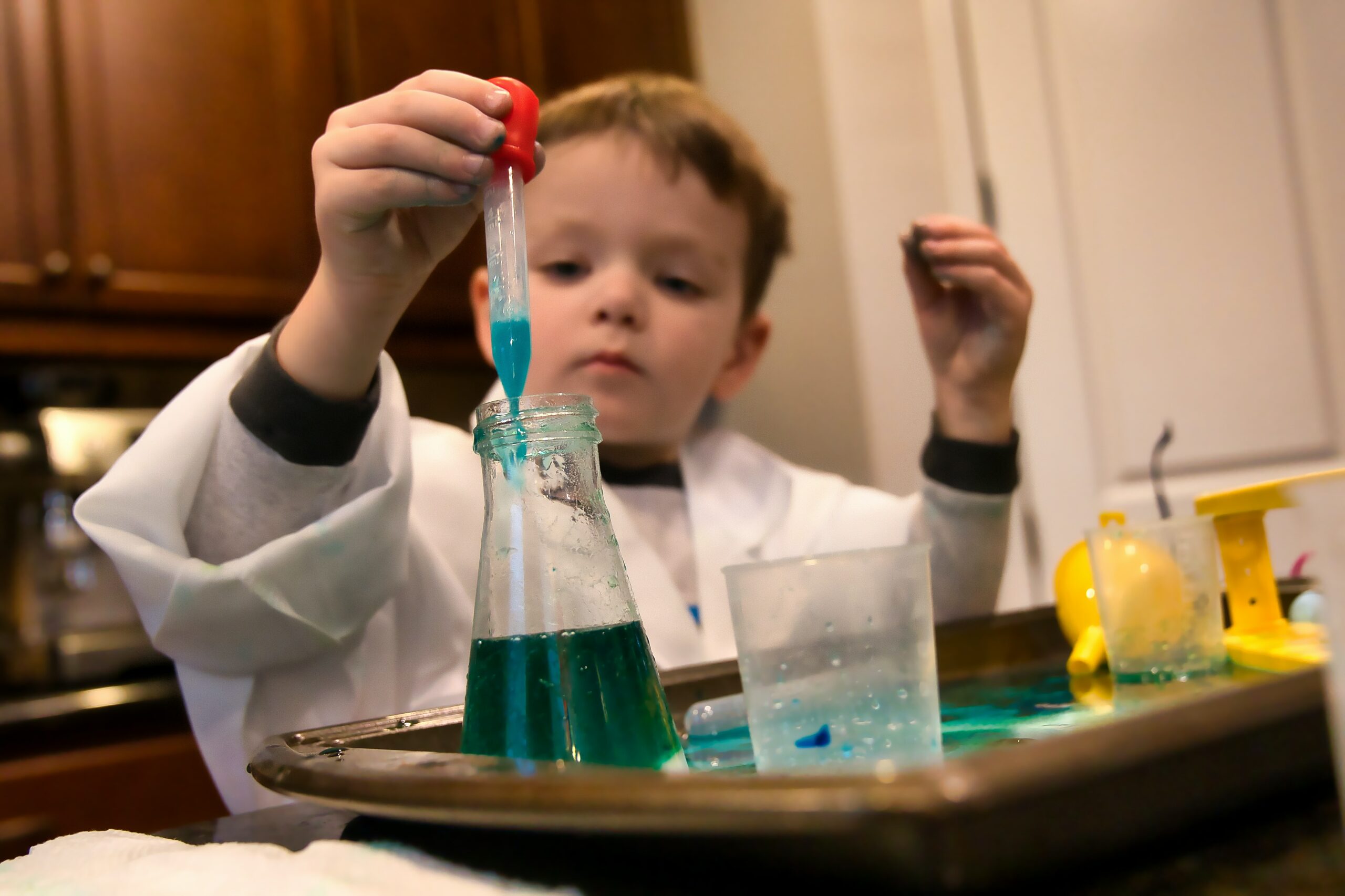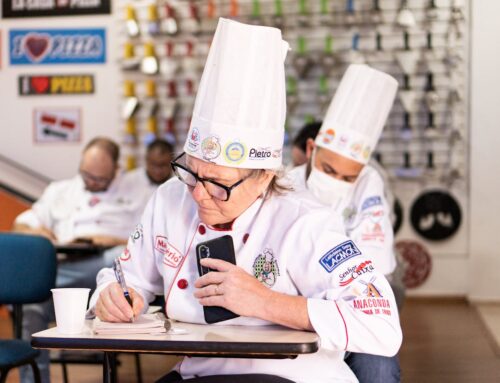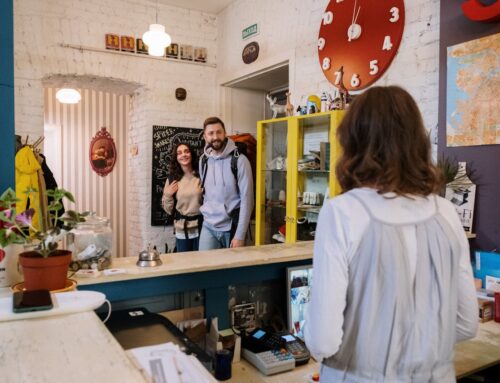Science experiments are a great way to get your kids interested in science! By doing simple at-home science projects, you can nurture your child’s curiosity and teach them about the basic principles of science. Not only are these activities fun, but they’re also educational. Here, we’ll go over a few easy science experiments that you can do with your kids at home and the benefits they provide.
Learning Benefits
Completing science experiments is a great way for children to develop and hone their problem-solving skills. The hands-on nature of science projects encourages kids to think critically and explore different solutions. Through trial and error, children can start to understand the processes behind various phenomena and gain an understanding of how the world around them works.
Make the most of an experiment by finding ways to actively engage in the project. For example, taking detailed notes or recording video or audio of your results gives you and your children the ability to go back and review the scientific process. Additionally, this gives children a chance to observe changes throughout different experiments when conducting multiple trials.
Curiosity plays an integral role in developing children’s motivation to learn. Kids often enjoy figuring out how things work and are quick to follow up with questions when there is something they don’t quite understand. It’s crucial to nurture this curiosity by doing fun and engaging activities. Science projects are wonderful activities that can stimulate their senses and keep them interested. Completing science experiments gives children a sense of accomplishment and encourages them to love learning.
Other Benefits
As a rainy-day project or a fun indoor activity, doing science experiments at home is a great way to make learning fun. In addition to learning something new, conducting an at-home science project is a great way to bond with your kids while exploring the world of science. Furthermore, at-home science projects give parents a chance to observe and understand their children’s thought processes in a fun and collaborative environment.
Although children often participate in science projects at school, it can sometimes be hard for students to get the individual attention they may need to help them understand what is occurring. At home, children can get the one-on-one time they need, as parents can be right by their side to encourage them through their thought processes.
Elementary Experiments
Baking Soda Volcano
What you need:
- 2-liter empty plastic bottle
- Baking dough
- Paint and paintbrushes (optional)
- 1 cup
- Liquid dish soap
- ¼ cup of vinegar
- Red food coloring
- 1 funnel
- 2 tablespoons of baking soda
The baking soda volcano is an excellent STEM activity to observe how a chemical reaction occurs.
To create the volcano, tape down the plastic bottle on a baking sheet so it’s secure. Then you’ll want to use your dough to form the shape of a volcano around the empty bottle. Once you’ve shaped it to the desired form, allow it to dry completely. Once it’s dried, you can choose to paint it to better resemble a volcano.
Next, mix the dish soap, vinegar, and red food coloring together in a cup. Then, using a funnel, add the baking soda to the empty plastic bottle at the center of your volcano. Finally, pour the liquid mixture of vinegar into the bottle and watch the volcano erupt with lava!
Potato Battery
What you need:
- 2 pennies
- 1 or 2 potatoes
- Wires
- 1 LED battery
- 1 small LED light
The potato battery is a wonderful experiment about making electricity from a potato to power a small LED light. It’s a great way to teach children about the basics of making electricity and how it moves in a complete circuit.
To start the experiment you’ll want to place both pennies in the potato so that only about a third of each of the pennies is showing. Next, wrap one of the ends of each wire around each penny. Finally, connect the other end of each wire to a terminal in the small LED battery. After a little bit of time, the LED light should be dimly lit. Adding another potato to the circuit demonstrates how you can increase the output and brighten the light.
Preschool and Kindergarten Experiments
Playing with shadows
What you need:
- Chalk
- Sunlight
To create a shadow, you need a light, an object, and a place (such as a wall or floor) where the shadow will fall. Try this science experiment outdoors during the day and use the sun as the light source.
Children can observe their shadows fall on the ground at different times of the day. Draw chalk around their shadow. Then, examine how the outline of their shadow has changed throughout the day. As children experiment with shadows, they examine how the distance between light, objects, and locations changes the results. Using a flashlight during the evening can also be a fun way to examine changing shadows.
Sound Waves
What you need:
- 2 cups (tin, plastic, or paper)
- string
The string telephone can be an excellent experiment for examining sound waves. This fun experiment is a good way to introduce your child to sound waves and how vibrations travel through air and objects.
You can use two cups and a moderate length of string. Make a corded phone with the cups by poking a small hole in the bottom of each cup and threading the cord through the hole to connect each cup. Before you begin, bring your child’s attention to the vibrations they feel when they place their hand on their neck while talking.
Finally, sit as far away from each other as possible. Take turns talking through the cups and listening to each other. Children are surprised at the sound transmitted through the strings. You can try using different materials of cord and see if the results change.
Conclusion
These experiments are a great way to introduce children to the wonders of science and teach them how the world around them works. From learning about chemical reactions with baking soda volcanoes to understanding sound waves through string telephones, these activities will spark a child’s curiosity and ignite their interest in scientific exploration. They also provide an opportunity for parents to engage kids in meaningful conversations about the scientific principles behind each experiment. With just a few simple supplies and some guidance, your child can have a blast while learning valuable lessons and developing their problem-solving skills.
At WorldWise Tutoring, we value science and understand the importance of developing an understanding of different scientific principles. We have professional tutors that specialize in STEM and can provide assistance if you or someone you know needs help studying complex scientific concepts or just want to learn more about science for enrichment. Hire a tutor today!
Written by Miguel Correa-West









